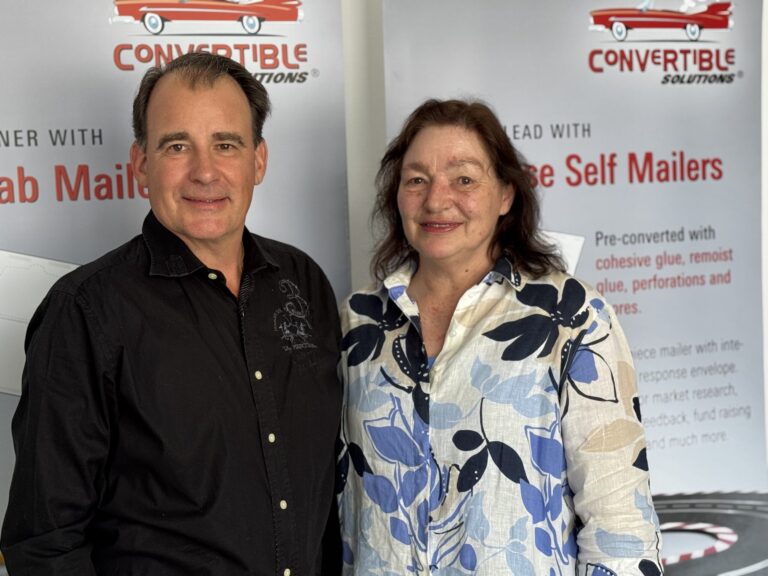
Three Reasons to Use a Professional Designer
Engaging customers involves more than just sending out informational or promotional print pieces. It involves touching customers’ emotions and engaging with them at a deeper level that draws them in. That’s why, even with so much template-based design available these days, professional designers still play an important role in today’s marketing communications.
Here are three areas where professional design can really make a difference.
Professional designers know things the average person doesn’t.
Want to grab someone’s attention? Use color and graphics! But when you’re creating the pieces yourself, sometimes even the most eye-popping colors just don’t reproduce as you expect. Or when you re-size a picture, it becomes pixilated no matter what you try. What happens if your paper or finishing cost is more than expected or your project is delayed because of design and format considerations that were overlooked upfront? Professional designers do more than place text and images on a page. They take into consideration everything from aesthetics to substrates to prepress, binding, and finishing that the average marketer can’t possibly be expected to know.
If you’re doing 1:1 marketing, designers play a key role, as well. This is because variable fields can bring some unexpected surprises in a document layout. For example, if you have 1” maximum available space, that’s no problem if the recipient’s last name is Smith, Walker, or Johnson. But what happens if someone has the last name Salomonowicz or Drozdovandropopozgiopanatzakis? (Yes, these are real last names!) Those and other possibilities have to be planned for upfront.
Your company’s image is affected by the quality of your marketing materials.
Like it or not, buyers judge a book by its cover. If your marketing materials look unprofessional — if your colors are muddy or your hairlines don’t match across the fold — your company will appear unprofessional, too. When all else is equal between you and your competitor, the company with better designed brochures and marketing materials will get more sales.
Good design accommodates multi-channel.
In today’s competitive, multi-channel marketing environment, you must not only be able to design for print, but for the Web, email, mobile, and more. Each has its own nuances in design, color, and format. Professional designers are expected to be comfortable working in most or all of these formats, and the ability to create consistency across multiple channels is one of the hallmarks of professional design and marketing.
If you’re tempted to shave a few dollars off your budget by cutting out a professional designer, think twice. These critical links in your marketing chain bring value far beyond just creating printed (or electronic) documents. They are the creative force behind the professional image of your company, and some things are just worth paying for.








